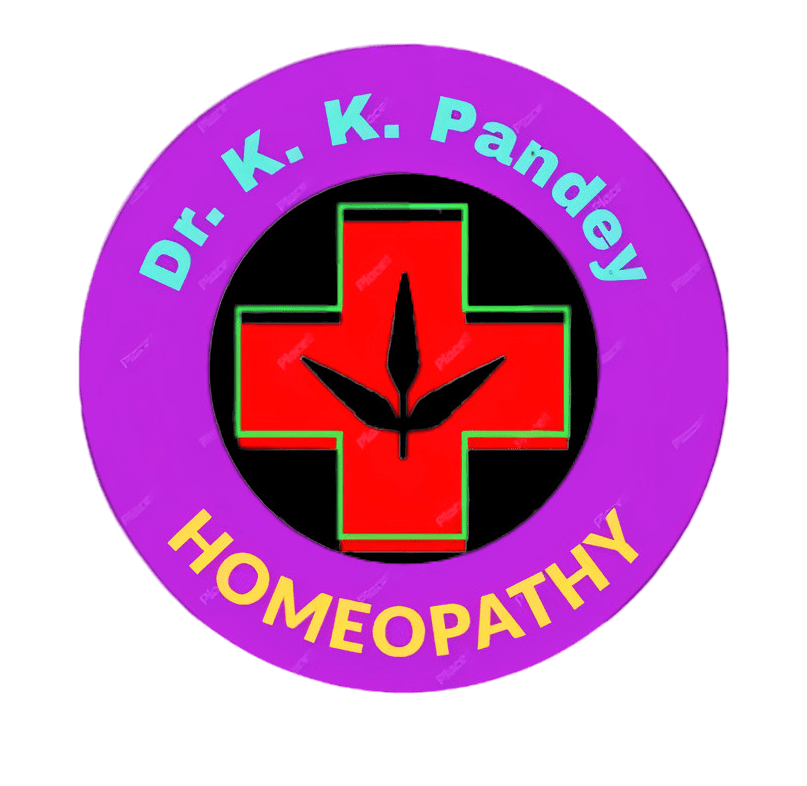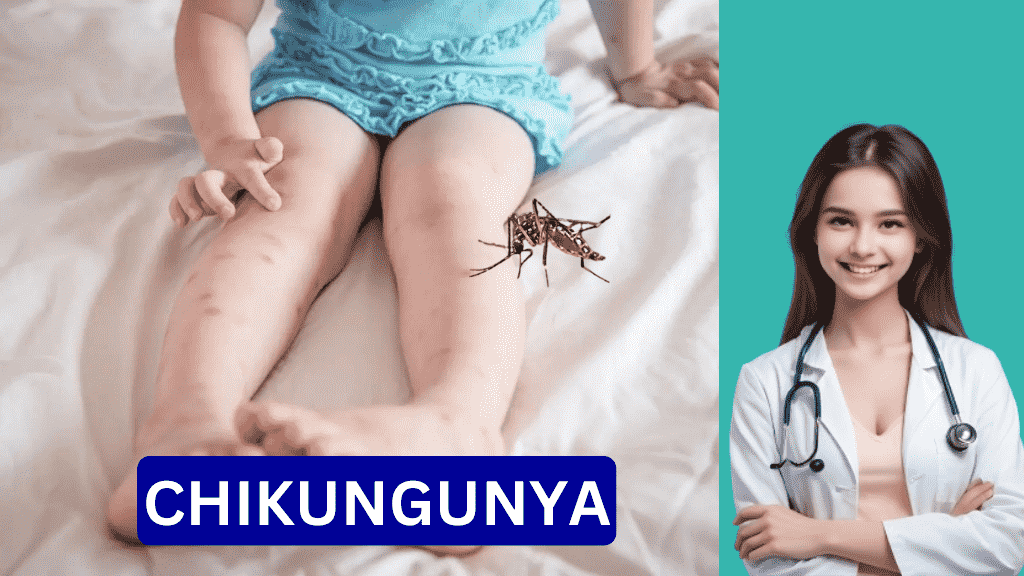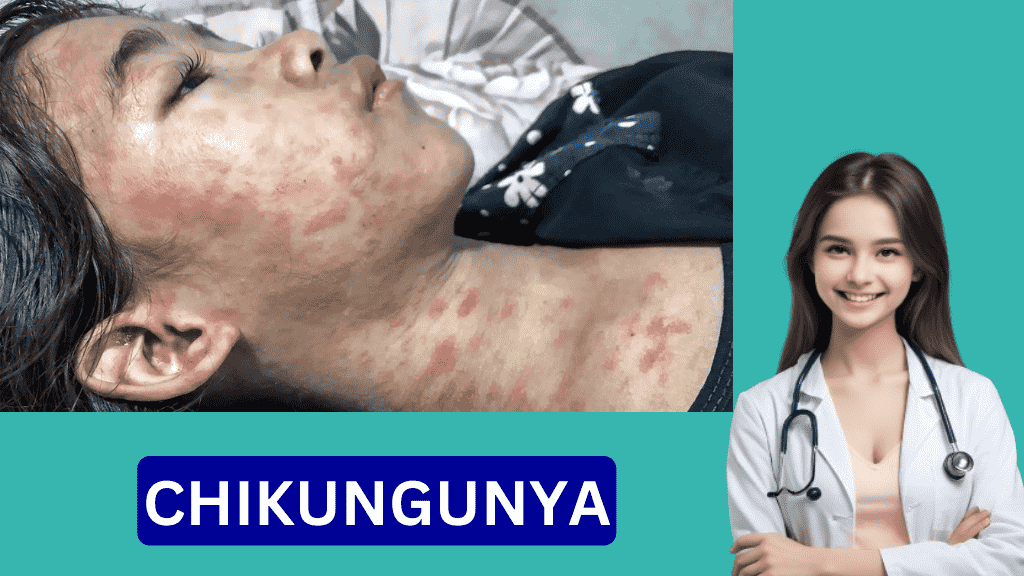Today we show chikungunya rash images including with a overview of Chikungunya and some other related information.
Understanding Chikungunya Virus Rash: Symptoms, Causes, and Treatment
Table of Contents
- 1 Understanding Chikungunya Virus Rash: Symptoms, Causes, and Treatment
- 2 What is Chikungunya Virus?
- 3 Chikungunya pronunciation:
- 4 Symptoms of Chikungunya Virus Infection
- 5 Causes of Chikungunya Virus Rash
- 6 Diagnosis of Chikungunya Virus Infection
- 7 Treatment of Chikungunya Virus Infection
- 8 Chikungunya Rash Images (Chikungunya Rash photos)
- 9 Conclusion
- 10 F&Qs
Chikungunya virus rash is a telltale sign of the chikungunya infection, a mosquito-borne illness prevalent in tropical and subtropical regions. This article aims to provide a comprehensive understanding of the chikungunya virus rash, including its symptoms, causes, and available treatments.
What is Chikungunya Virus?
Chikungunya virus (CHIKV) is transmitted to humans primarily through the bite of infected Aedes mosquitoes, particularly Aedes aegypti and Aedes albopictus. These mosquitoes are also responsible for the transmission of other diseases such as dengue fever and Zika virus.
The name “chikungunya” is derived from a word in the Kimakonde language, meaning “to become contorted,” describing the stooped appearance of individuals suffering from joint pain, a common symptom of the infection.
Chikungunya pronunciation:
– Chikungunya is pronounced as “chik-un-GOON-yuh.”
– The emphasis is usually placed on the second syllable, “GOON.”
– It is important to pronounce it correctly to ensure effective communication, especially in healthcare settings and public awareness campaigns.
– The correct pronunciation helps convey information accurately about the mosquito-borne viral disease, facilitating better understanding and awareness among the public.
Symptoms of Chikungunya Virus Infection
Chikungunya Virus Rash
One of the hallmark symptoms of chikungunya virus infection is the development of a rash. The rash typically appears a few days after the onset of fever and other initial symptoms. It presents as red or pink patches on the skin, often accompanied by itching.
Fever and Joint Pain
In addition to the rash, individuals infected with the chikungunya virus may experience high fever, severe joint pain, muscle aches, headache, fatigue, and nausea. The joint pain associated with chikungunya infection can be debilitating and may persist for weeks or months.
Other Symptoms
Other less common symptoms of chikungunya virus infection include conjunctivitis (redness and inflammation of the eyes), photophobia (sensitivity to light), and gastrointestinal symptoms such as abdominal pain and vomiting.
Causes of Chikungunya Virus Rash
The chikungunya virus rash is a result of the body’s immune response to the viral infection. As the virus replicates and spreads within the body, the immune system mounts a defense, leading to the characteristic rash and other symptoms.
Diagnosis of Chikungunya Virus Infection
Clinical Evaluation
Diagnosing chikungunya virus infection typically involves a clinical evaluation of the patient’s symptoms, including the presence of fever, joint pain, rash, and recent travel to regions where the virus is endemic.
Laboratory Testing
Laboratory tests such as polymerase chain reaction (PCR) and serological assays can confirm the presence of the chikungunya virus in the patient’s blood or other bodily fluids.
Treatment of Chikungunya Virus Infection
1. Supportive Care
Currently, there is no specific antiviral treatment for chikungunya virus infection. Here homeopathic medicines work very fast and cure easily. I personally cure so many cases of Chikungunya and now they are very well. Management primarily involves supportive care to relieve symptoms such as fever, pain, and inflammation.
2. Pain Relief
Over-the-counter pain relievers such as acetaminophen (paracetamol) and nonsteroidal anti-inflammatory drugs (NSAIDs) may help alleviate joint pain and fever associated with chikungunya infection.
3. Rest and Hydration
Rest and adequate hydration are essential for individuals recovering from chikungunya virus infection. Ensuring plenty of fluids and getting sufficient rest can help the body fight off the infection more effectively.
4. Prevention
Preventing chikungunya virus infection relies on measures to reduce mosquito breeding and protect against mosquito bites. This includes using insect repellents, wearing protective clothing, and eliminating standing water around the home where mosquitoes can breed.
Chikungunya Rash Images (Chikungunya Rash photos)
Conclusion
Chikungunya virus rash is a characteristic symptom of chikungunya virus infection, accompanied by fever, joint pain, and other flu-like symptoms. While there is no specific treatment for chikungunya infection, supportive care can help alleviate symptoms and promote recovery. Prevention efforts focus on mosquito control and personal protective measures to reduce the risk of infection.
F&Qs
Q.1- What does chikungunya look like?
Ans. If you see Chikungunya rash photos or patients, it typically presents with symptoms such as fever, joint pain, muscle aches, headache, fatigue, and nausea. One of the distinctive features of chikungunya is the appearance of a rash on the skin. The rash manifests as red or pink patches, often accompanied by itching. It can vary in appearance, ranging from small dots to larger blotches, and may spread across different parts of the body. The rash usually develops a few days after the onset of fever and other initial symptoms of chikungunya virus infection.
Q.2- Which fruit is good for chikungunya?
Ans. Certain fruits can be beneficial for individuals suffering from chikungunya due to their anti-inflammatory and immune-boosting properties. Some fruits that are considered good for chikungunya include:
1. Pineapple: Contains bromelain, an enzyme with anti-inflammatory properties that may help alleviate joint pain and swelling.
2. Papaya: Rich in vitamins A, C, and E, as well as enzymes like papain, which can aid digestion and reduce inflammation.
3. Kiwi: High in vitamin C, which supports immune function and may help reduce the severity of symptoms.
4. Berries (such as strawberries, blueberries, and raspberries): Packed with antioxidants that help fight inflammation and boost overall health.
5. Mango: Contains vitamins A and C, which support immune function and may help reduce inflammation.
Incorporating these fruits into the diet can provide essential nutrients and potentially help alleviate symptoms associated with chikungunya virus infection. However, it’s essential to consult a healthcare provider for personalized dietary recommendations based on individual health needs and preferences.
Q.3- What not to eat in chikungunya?
Ans. In chikungunya, it’s advisable to avoid certain foods that may exacerbate symptoms or hinder recovery. Some foods to avoid during chikungunya infection include:
1. Sugary Foods and Beverages: Excessive sugar intake can contribute to inflammation and weaken the immune system, potentially prolonging recovery.
2. Processed Foods: Foods high in refined carbohydrates, trans fats, and additives may promote inflammation and hinder the body’s ability to heal.
3. Spicy Foods: Spicy foods can irritate the digestive system and exacerbate gastrointestinal symptoms such as nausea and abdominal discomfort.
4. Alcohol: Alcohol consumption can dehydrate the body and suppress the immune system, making it harder to fight off the virus and recover from symptoms.
5. High-Sodium Foods: Foods high in sodium can contribute to fluid retention and swelling, exacerbating joint pain and discomfort.
6. Fried and Greasy Foods: These foods can be difficult to digest and may aggravate digestive issues, such as nausea and indigestion.
7. Caffeinated Beverages: Caffeine can increase dehydration and disrupt sleep, which is essential for healing and recovery.
It’s essential to focus on a balanced diet rich in fruits, vegetables, lean proteins, and whole grains to support immune function and promote healing during chikungunya infection. Additionally, staying hydrated by drinking plenty of water is crucial for symptom management and overall well-being.
Q.4- Can we take bath in chikungunya?
Ans. Yes, taking a bath is generally safe and can be beneficial for individuals with chikungunya. Bathing helps maintain personal hygiene, soothes the skin, and provides relief from fever and discomfort associated with the infection. However, it’s essential to avoid using extremely hot water, as it may exacerbate joint pain and discomfort. Instead, opt for lukewarm water to bathe comfortably while minimizing stress on the joints. Additionally, gentle movements during bathing can help alleviate stiffness and promote relaxation. If you have concerns about bathing during chikungunya infection, it’s advisable to consult a healthcare provider for personalized advice based on your individual symptoms and condition.
Q.5- How can I stop chikungunya joint pain?
Ans. To alleviate chikungunya joint pain, several strategies can be employed:
1. Medications: Over-the-counter pain relievers such as acetaminophen (Tylenol) or nonsteroidal anti-inflammatory drugs (NSAIDs) like ibuprofen (Advil, Motrin) can help reduce joint pain and inflammation. However, it’s essential to consult a healthcare provider before taking any medication, especially if you have underlying medical conditions or are taking other medications.
2. Rest: Avoid overexertion and give your joints ample rest to allow for healing. Limit activities that exacerbate joint pain and inflammation, and prioritize restful activities such as lying down or sitting in a comfortable position.
3. Cold Compress: Applying a cold compress or ice pack to the affected joints can help numb the area, reduce inflammation, and alleviate pain. Be sure to wrap the ice pack in a towel to prevent direct contact with the skin and limit application to 15-20 minutes at a time.
4. Heat Therapy: Alternatively, applying heat to the affected joints can help relax muscles, increase blood flow, and reduce stiffness. Employ a heating pad, a cozy warm towel, or indulge in a soothing warm bath to alleviate discomfort in achy joints.
5. Gentle Exercise: Engage in gentle exercises such as stretching or low-impact activities like swimming or walking to improve joint flexibility and mobility. Avoid high-impact activities that may worsen joint pain or strain the affected joints.
6. Physical Therapy: Consider seeking guidance from a physical therapist who can design a personalized exercise program to strengthen muscles, improve joint function, and alleviate pain associated with chikungunya.
7. Hydration: Drink plenty of water to stay hydrated, which can help lubricate joints and reduce stiffness. Aim to consume at least 8-10 glasses of water per day, or more if you’re experiencing fever or sweating excessively.
8. Healthy Diet: Maintain a balanced diet rich in fruits, vegetables, lean proteins, and omega-3 fatty acids, which can help reduce inflammation and support overall joint health.
By incorporating these strategies into your daily routine, you can effectively manage chikungunya joint pain and improve your quality of life during recovery. However, if joint pain persists or worsens, it’s essential to consult a healthcare provider for further evaluation and treatment recommendations.







